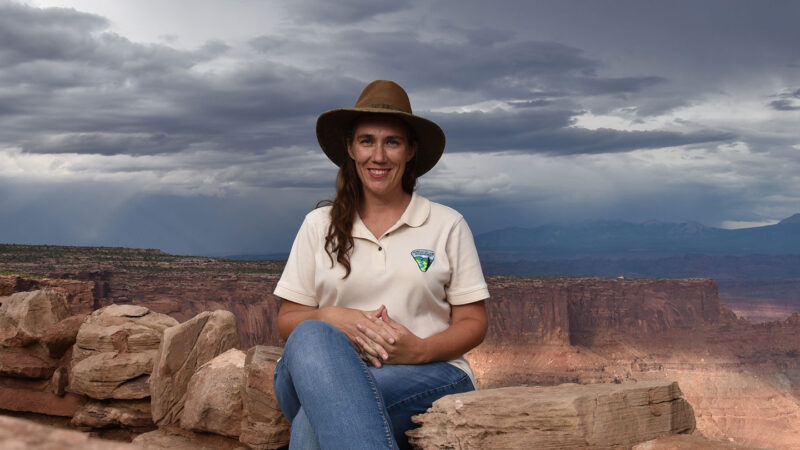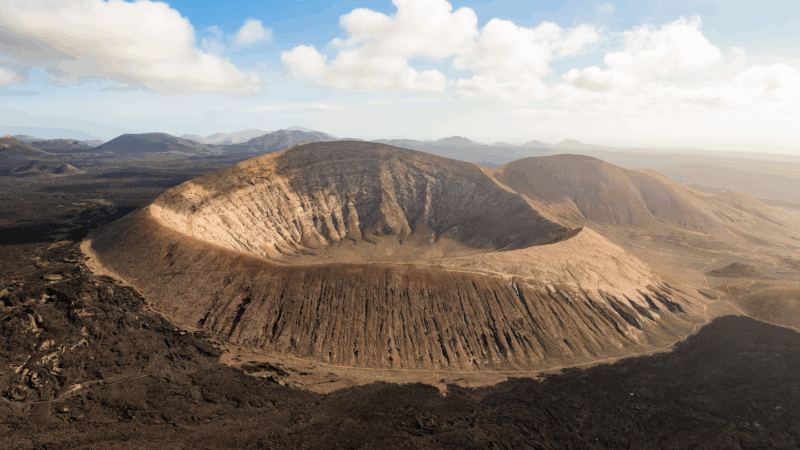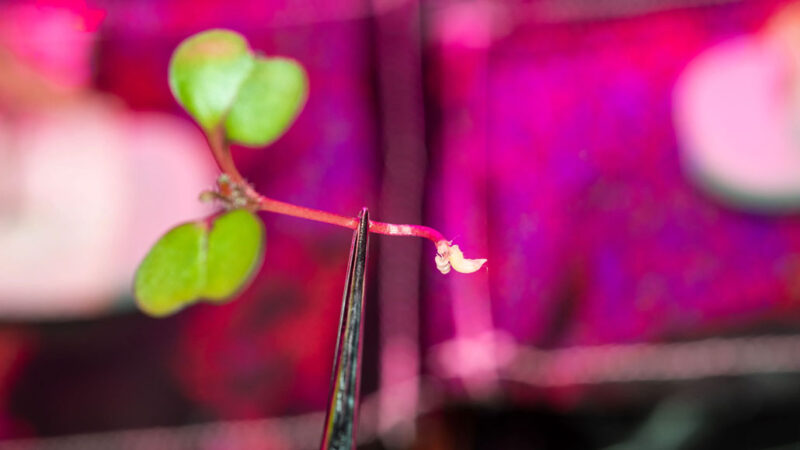Paleontologists have unearthed many iconic dinosaurs, such as Tyrannosaurus rex and Triceratops, from the western United States. Relatively few species, however, have popped up east of the Great Plains. In 2017, ReBecca Hunt-Foster described one of these rarities from the 113-million-year-old remains of a right foot.
Describing a fossil requires making a detailed report on how an extinct animal lived. If it’s the first fossil of that species, this is when it gets its official name. “At the time, [this dino] was the only dinosaur fossil known from Arkansas,” says Hunt-Foster. Its name is Arkansaurus fridayi. It’s now the official state dinosaur of Arkansas.
Explainer: How a fossil forms
Arkansaurus belonged to a group of dinosaurs called ornithomimids. These agile dinos would have looked similar to today’s ostriches, but with long arms instead of wings. Many sported long necks and beaks, which they used to forage for lizards, insects and eggs. Their legs were also long, allowing them to make speedy getaways from predators. Some researchers suspect Arkansaurus may have reached 4.6 meters (15 feet) long.
Today, Hunt-Foster is the lead paleontologist at Dinosaur National Monument in Jensen, Utah. In this interview, she shares her experiences and advice with Science News Explores. (This interview has been edited for content and readability.)
What inspired you to pursue your career?
I’ve always really loved being around animals and in nature. When I was younger, I tried to find a way to combine those two interests into a possible career. My mom is a librarian, and she used to bring books home for me to read. When I was about 12 years old, she brought home a copy of Jack Horner’s book, Digging Dinosaurs. [Jack Horner is a well-known American paleontologist.] I read that one summer, and it just completely captivated me. I was fascinated by the idea that these prehistoric animals had lived on Earth for so long. Having the chance to be out in nature to excavate them and study how they were preserved just spoke to me.
How did you get to where you are today?
In high school, I read as many books and as much research as I could. I wrote to paleontologists asking for advice. My parents took me to visit museums. My mom went back to school to earn her master’s degree when I was a teenager. That let me visit some campuses and see what it was like to be a college student. It also allowed me to figure out what I was looking for in a program.
I ended up enrolling in the geology department at the University of Arkansas. There aren’t many dinosaur fossils in Arkansas so that was a little bit of a disadvantage. But I felt the program gave me a really good background in geology. I had great mentors who helped me find opportunities.
What about dinosaurs caught your interest?
I’ve worked on everything from billion-year-old algae to more recent animal remains in cave deposits. But there’s just something about dinosaurs that is really interesting to me. We don’t have any modern representatives, other than all of our fabulous birds.
With dinosaurs, you also don’t always find the whole animal. That means you only have bits and pieces to work with. Like that right foot of Arkansaurus fridayi. Or you may only have tracks. It’s like trying to complete a puzzle with only half of the pieces in the box. It becomes this cool mystery that takes a lot of work to figure out. Working with dinosaurs is also an interdisciplinary science. It’s so fun to work with all sorts of people
What was one challenge you faced, and how did you get through it?
One challenge that I’ve had is dealing with learning disabilities. I have dyslexia and something called dyscalculia, which is a math-learning disability. I’m really bad at transposing numbers and reading can be somewhat challenging. In high school, I found ways to cope with it. Learning skills helped me to be successful in what I needed to do.
But it was definitely a challenge in college. I’d often struggle to finish timed tests. I found calculus classes challenging, which later impacted my grade point average. That made getting into grad school difficult. I didn’t have a 4.0 GPA or do well on standardized tests.
Hunt-Foster described the dinosaur Arkansaurus fridayi using the remains of a 113-million-year-old foot.R. HUNT-FOSTER
I learned things in a very different way than typical learners. I now find that many people — especially in paleontology — learn in different ways. Some people don’t find this out until later in life, while others never do.
You have to find ways to be successful in your own way. Find others who can help you figure out the solutions you need. Look for people who can get you the extra hours you need on a test. A lot of schools have also done away with standardized tests. That’s great because it’s allowed for a greater diversity of people to succeed in paleontology. Nobody should see these as hurdles to achieving what they want.
What career paths are available to those interested in paleontology?
There are many different ways to be part of the field besides working as a professor or museum curator. For a long time, there was this view that those were the only two ways to be a paleontologist. I don’t think that’s the case today. You might get a job doing paleo mitigation. [This involves surveying for and preserving fossils that may be affected by land management or construction projects.] Or you can work at a museum as a fossil preparer or paleo artist. Federal employees like me work at national parks or for other public lands. You can even volunteer at a museum or teach high school.

















